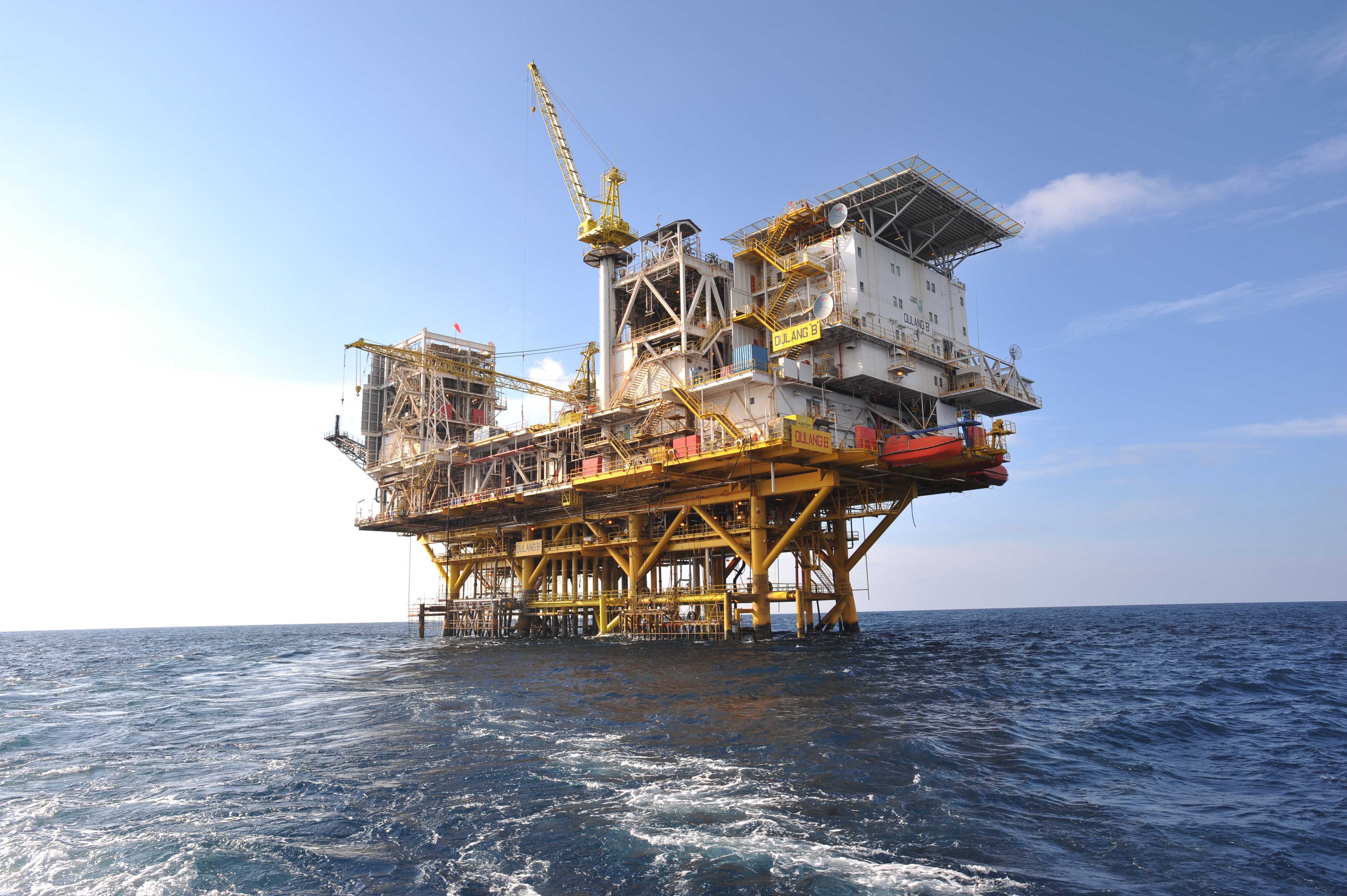Large offshore asset utilisation and charter rates are expected to remain depressed throughout 2017, if not lower, says Malaysian Industrial Development Finance (MIDF) Research.
“We reiterate our view that utilisation and charter rates will not be staging meaningful improvements throughout 2017,” the research firm said in a note.
As for the first four months of 2017, the global utilisation rate (UR) for global rigs is at 68% compared to 73% a year earlier.
MIDF Research said the situation is slightly bleaker in Southeast Asia where the average utilisation rate for large offshore assets including jack-ups, drillships, semisubs and tenders is at only 65.7% while charter rates for jack-ups in Southeast Asia remains depressed at US$50-60,000 per day.
Current charter rates for offshore support vessels (OSV) in Southeast Asia are further depressing to a current low of US$0.70 per brake horsepower per day (for the common 5,000 bhp anchor handling tug and supply).
“Due to the limited upside potential of global crude oil prices, relatively low expected capital expenditure (CAPEX) from oil majors for 2017 and 2018 and also Petroliam Nasional Bhd’s (Petronas) downstream focus for CAPEX allocation, we are of the opinion that the rock bottom valuation for offshore service providers could prolong and that these providers could continue to trade at a steep discount compared to its downstream counterparts,” it said.
Since the start of 2017, it said global Brent crude oil prices have retreated by 15.6% year-to-date to US$47 per barrel, reaching a year high of US$57 per barrel to a year low of US$44 per barrel.
It said the current year-to-date average is about US$52 per barrel.
“Crude oil prices have been hovering below the US$50 per barrel level for nearly three months due to the increased production levels from OPEC countries, volatile US inventory movements and the continuous supply threat from continental US shale oil producers,” it said.
Locally, it said offshore activity levels have been less-than-exciting as production sharing partners are still on a continuous effort to drive costs down due to depressed global crude oil prices.
In addition, MIDF Research said Malaysia’s crude oil and natural gas production are on a decline as Malaysia has pledged to reduce crude oil production by 20,000 barrels a day in-line with OPEC’s decision to reduce production until Q1 of FY18.
